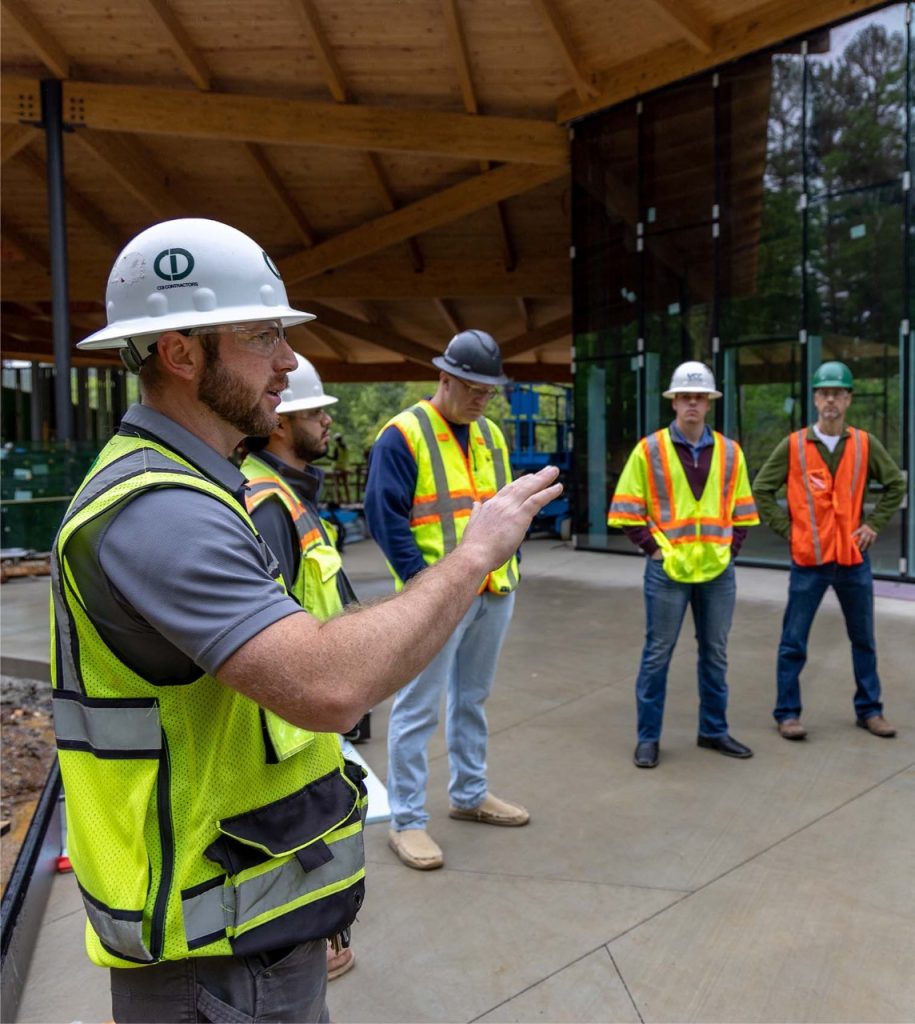Austin’s booming construction industry is rapidly transforming the city’s skyline, but along with growth comes the critical need for sustainability. As environmental concerns become increasingly pressing, austin construction companies are leading the way by adopting innovative sustainable practices. These eco-friendly approaches not only reduce the environmental footprint but also offer long-term economic benefits and improved quality of life for residents.
In this article, we’ll explore the essential sustainable practices shaping Austin construction today, highlighting how the industry balances growth with environmental stewardship.
Why Sustainability Matters in Austin Construction
Austin is known for its vibrant culture, technology hubs, and natural beauty. However, this rapid urban expansion presents challenges including resource depletion, waste generation, and increased carbon emissions. Integrating sustainability into Austin construction practices is vital for:
- Protecting local ecosystems and natural resources
- Reducing energy consumption and greenhouse gas emissions
- Enhancing occupant health and well-being
- Lowering operational costs through energy efficiency
- Supporting community resilience against climate change
By embedding sustainable principles into every stage of construction, Austin builders contribute to a more responsible and future-proof industry.
Key Sustainable Practices in Austin Construction
1. Energy-Efficient Building Design
One of the most impactful ways to achieve sustainability in Austin construction is through energy-efficient design. This includes:
- Optimizing building orientation and window placement to maximize natural light and reduce artificial lighting needs
- Using high-performance insulation materials to maintain indoor temperatures and reduce heating/cooling demands
- Incorporating energy-efficient HVAC systems and LED lighting to lower energy consumption
- Implementing smart building technologies for automated energy management
Buildings designed with energy efficiency at their core significantly reduce utility costs and greenhouse gas emissions over their lifecycle.
2. Use of Sustainable and Recycled Materials
Sourcing environmentally responsible materials is another cornerstone of sustainable Austin construction. Builders increasingly turn to:
- Locally sourced materials to reduce transportation emissions and support regional economies
- Recycled or reclaimed materials such as steel, wood, and concrete
- Low-VOC (volatile organic compounds) paints and finishes that improve indoor air quality
- Rapidly renewable resources like bamboo and cork
These choices minimize waste, lower embodied carbon in building materials, and foster healthier indoor environments.
3. Water Conservation Strategies
Austin’s climate makes water conservation a priority in construction projects. Sustainable Austin construction embraces methods such as:
- Installing low-flow fixtures and faucets to reduce water usage
- Designing rainwater harvesting systems for irrigation and non-potable uses
- Using permeable paving and landscaping to reduce runoff and promote groundwater recharge
- Employing drought-resistant native plants to minimize irrigation needs
Water-smart design reduces strain on municipal supplies and helps maintain local watersheds.
4. Waste Reduction and Recycling on Construction Sites
Construction generates substantial waste, but sustainable builders in Austin actively implement waste management plans to:
- Segregate and recycle materials like metal, wood, drywall, and concrete
- Minimize excess ordering and packaging waste
- Donate or repurpose surplus materials
- Track waste diversion rates to meet sustainability goals
Reducing landfill waste not only benefits the environment but also cuts disposal costs and improves site organization.
5. Green Building Certifications
Many Austin construction projects pursue green building certifications as a benchmark of sustainability, such as:
- LEED (Leadership in Energy and Environmental Design): Recognizes buildings that meet stringent energy, water, and material standards.
- Austin Energy Green Building: Local program promoting energy efficiency and sustainable construction practices.
- WELL Building Standard: Focuses on occupant health and well-being through design.
Achieving certification demonstrates commitment to sustainability and can increase property value and market appeal.
The Role of Technology in Sustainable Austin Construction
Technology is accelerating sustainability efforts in Austin construction by enabling smarter planning, building, and management:
- Building Information Modeling (BIM): Enhances design accuracy, reduces errors, and optimizes material use.
- Energy modeling software: Predicts energy consumption and helps refine building systems for maximum efficiency.
- Drones and sensors: Monitor construction progress and environmental impact in real-time.
- Modular and prefabricated construction: Reduces waste, speeds project timelines, and improves quality control.
By integrating cutting-edge technology, Austin builders deliver projects that meet rigorous sustainability standards while maintaining efficiency.
Challenges and Opportunities in Sustainable Austin Construction
Despite the progress, implementing sustainable practices in Austin construction faces challenges such as:
- Higher upfront costs for sustainable materials and technologies
- Limited availability of skilled labor specialized in green building techniques
- Regulatory hurdles and evolving standards that require ongoing adaptation
However, these challenges come with significant opportunities. Growing demand for eco-friendly buildings incentivizes innovation and opens new markets. Incentives from local governments and utility providers help offset costs, while education and training programs prepare the workforce for green construction careers.
How Builders and Contractors Can Lead the Way
For Austin construction professionals, embracing sustainability is no longer optional but essential. Builders and contractors can lead by:
- Integrating sustainable practices from project conception through completion
- Staying informed about the latest green building codes and incentives
- Collaborating with architects, engineers, and suppliers to prioritize sustainability
- Educating clients on the long-term value of sustainable construction
By championing these practices, construction professionals not only contribute to Austin’s environmental goals but also enhance their reputation and competitiveness.
Conclusion: Building a Sustainable Future for Austin
The future of Austin construction lies in the balance between development and environmental responsibility. Sustainable practices—from energy-efficient design and responsible material sourcing to water conservation and waste reduction—are transforming how buildings are planned and constructed. For builders, contractors, and developers, adopting these methods is crucial to support Austin’s growth while protecting its unique environment.
By prioritizing sustainability, Austin construction professionals play a pivotal role in shaping a greener, healthier, and more resilient city. Whether you’re a contractor, architect, or developer, now is the time to embrace sustainable construction practices that benefit both your business and the community for generations to come.


